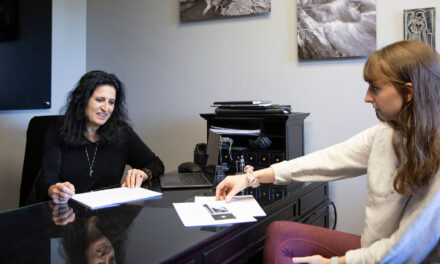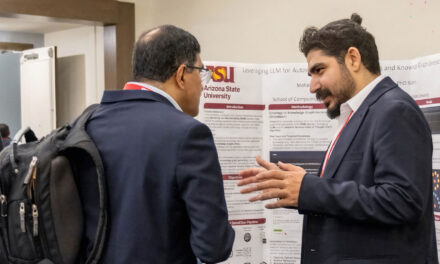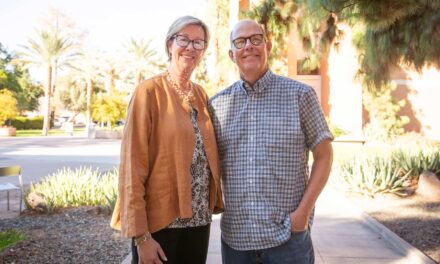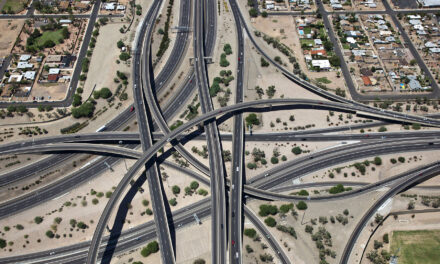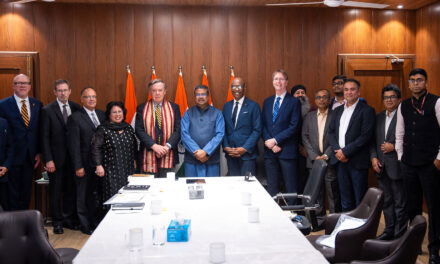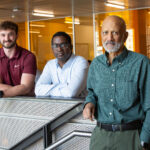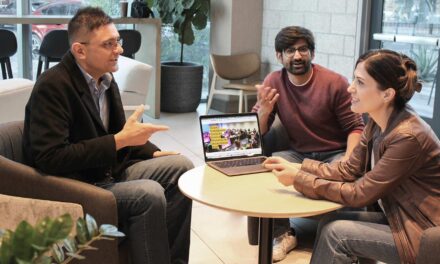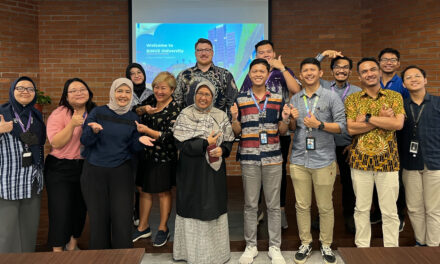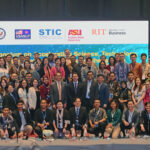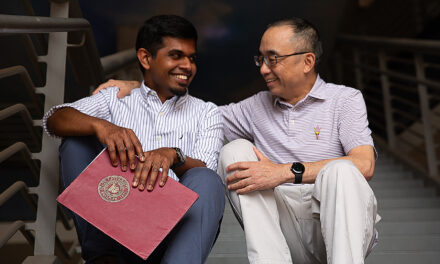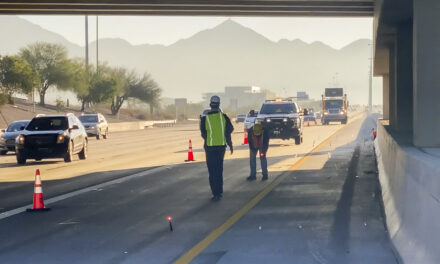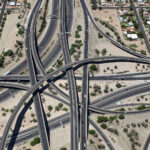
Technology advances could alter ‘green’ transportation picture

Arizona State University engineer Mikhail Chester helped to conduct a comprehensive study to determine if a long-distance, high-speed rail system planned for California can be a sustainable and environmentally friendly transportation alternative over the long term. Photo: Courtesy of the California High-Speed Rail Authority.
Posted August 5, 2013
Determining what forms of transportation are the best bets to prove most eco-friendly into the future can get complicated.
A broad range of factors – fuel and energy sources, infrastructure, materials from which vehicles are made, the amount of carbon dioxide emissions, to name a few – have to be figured into the equation to predict how various modes of transportation will eventually stack up as being “green.”
In addition, potential advances in automobile, rail-line and airplane technologies – and the life cycles of these technologies – need to be assessed to get a true picture of their long-term environmental footprint.
In a recent article on a major international news website, Arizona State University engineer Mikhail Chester weighs in on the long-range impact question in comparisons between car travel and high-speed train travel.
Chester is an assistant professor in the School of Sustainable Engineering and the Built Environment, one of ASU’s Ira A. Fulton Schools of Engineering.
He’s been involved in a variety of research efforts to accurately forecast the costs – both economically and environmentally – of transportation systems and technologies throughout their life cycles and over the coming decades.
Read the article in The Guardian.
Media Contact:
Joe Kullman, [email protected]
(480) 965-8122
Ira A. Fulton Schools of Engineering



